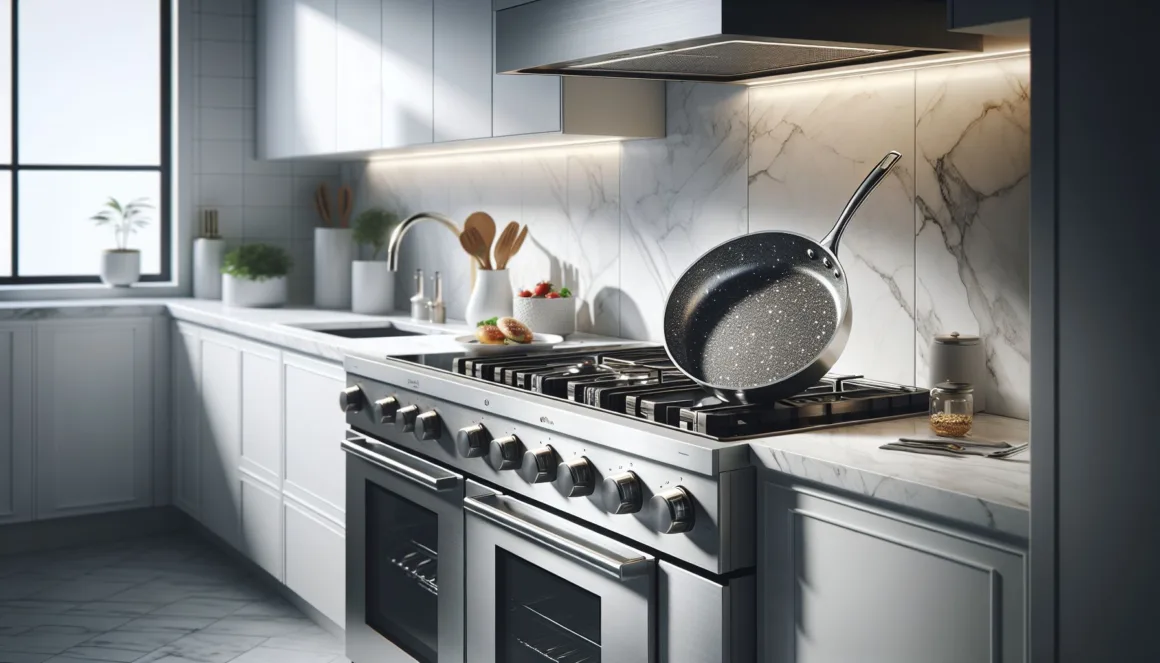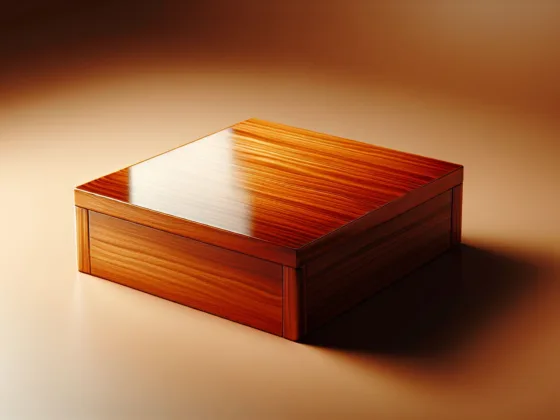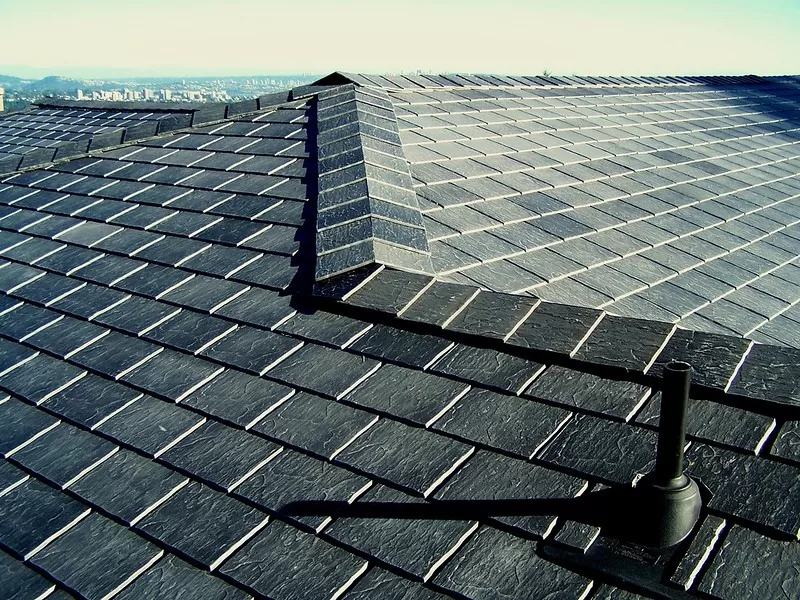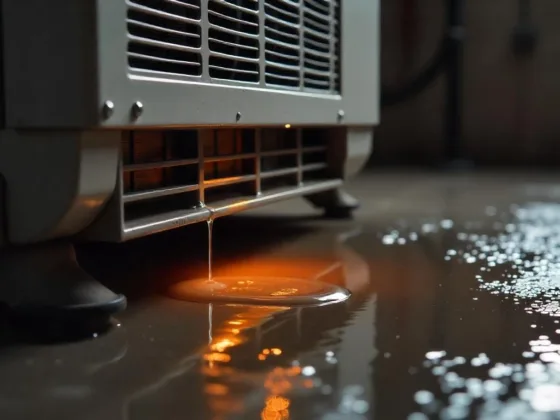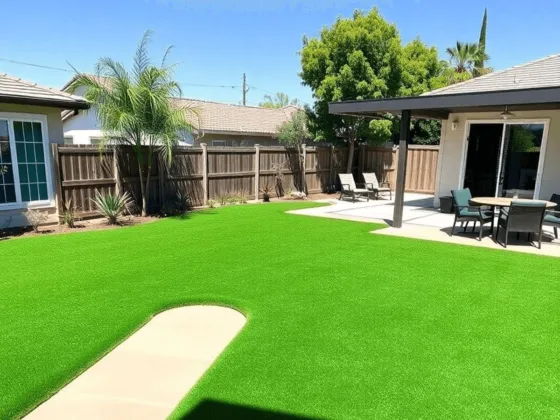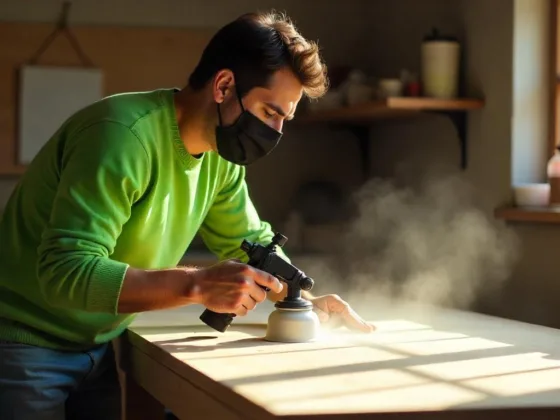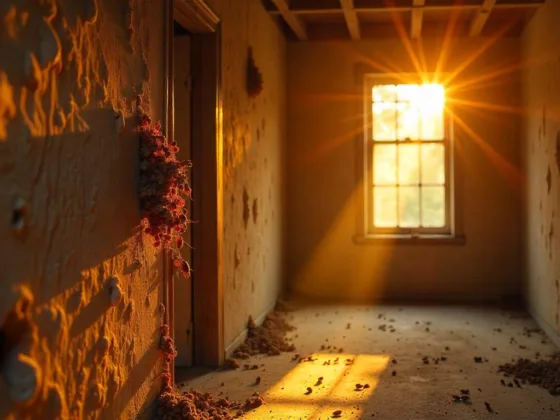Introduction
Granitium Nonstick Coating is an innovative kitchen technology that combines durability and performance for everyday cooking. This coating, inspired by the strength of “granite,” features multiple layers of nonstick material infused with mineral particles, delivering exceptional cooking results. Granitium stands out for its ability to:
- Distribute heat evenly
- Resist scratches
- Maintain non-reactive properties, preserving the natural flavors of your food
Key Takeaway:
In this article, we will explore the features, advantages, and safety aspects of Granitium Nonstick Coating to determine if it is indeed the best choice for your kitchen. By understanding its unique composition, comparing it with traditional non-stick coatings like Teflon, and considering its pros and cons, you will have a clear understanding to make an informed decision.
If you’re thinking about upgrading your kitchen utensils and appliances beyond just cookware, there are important factors to consider. This guide provides valuable insights that can assist you in making the right choices.
Furthermore, if you’re interested in healthy cooking ideas that are beneficial for both you and your pets, especially cats, take a look at this article. It offers useful tips on preparing nutritious meals that are suitable for feline companions as well.
Understanding these aspects will empower you to determine whether Granitium Nonstick Coating is the safest option for your kitchen.
Understanding Granitium Nonstick Coating
What Makes Granitium Different
Granitium Nonstick Coating stands out from traditional non-stick coatings, such as Teflon, due to its unique composition:
- Combination of Materials: Granitium combines polytetrafluoroethylene (PTFE) with aluminum oxide particles. This blend results in a coating that is more durable and scratch-resistant.
- Layered Structure: Unlike conventional non-stick coatings, which typically involve a single layer, Granitium utilizes multiple layers infused with mineral particles. This increases the longevity of the cookware.
- Enhanced Performance: The combination of PTFE and aluminum oxide ensures even heat distribution, reducing hot spots and providing consistent cooking results.
The Science Behind Granitium
Understanding the scientific principles behind Granitium Nonstick Coating can help in appreciating its benefits:
- Polytetrafluoroethylene (PTFE): Commonly known as Teflon, PTFE provides the non-stick properties essential for easy food release and cleanup. It is heat-resistant up to certain temperatures but can degrade if overheated.
- Aluminum Oxide Particles: These particles are integrated into the PTFE base to enhance durability. They provide additional hardness, making the coating more resistant to scratches from metal utensils.
The integration of these materials through advanced manufacturing processes creates a robust non-stick surface that maintains its performance over time.
Granitium’s ability to combine scientific innovation with practical usability makes it a compelling choice for modern kitchens.
Pros and Cons of Using Granitium Nonstick Coating
Granitium Nonstick Coating has gained popularity in kitchenware due to its unique properties and performance. However, like any material, it comes with its own set of advantages and disadvantages.
Advantages
1. Durability
The inclusion of aluminum oxide particles within the Granitium Nonstick Coating significantly enhances its durability. This makes it more resistant to scratches and abrasions compared to traditional nonstick coatings like Teflon.
2. Heat Distribution
Thanks to its composition, Granitium ensures even heat distribution across the surface of the cookware. This uniformity helps in cooking food evenly, avoiding hotspots that could lead to burning or undercooking.
3. Non-Reactive Nature
Granitium is non-reactive, meaning it does not chemically interact with food ingredients. This quality preserves the natural flavors of your dishes and makes them a safe option for cooking acidic foods like tomatoes or citrus fruits.
4. Ease of Cleaning
Cleaning cookware with Granitium Nonstick Coating is straightforward. Thanks to its nonstick properties, food residues can be easily wiped off without strenuous scrubbing. Additionally, most Granitium-coated cookware is dishwasher safe, adding convenience.
5. Safety Aspects
Granitium Nonstick Coating is free of PFOA (perfluorooctanoic acid), a chemical previously used in the manufacturing process of Teflon that raised health concerns. This renders Granitium a safer alternative for health-conscious individuals.
Disadvantages
1. Susceptibility to High Temperatures
While Granitium is heat-resistant, it is not entirely immune to high-temperature degradation. Exposure to extremely high temperatures can damage the coating, leading to reduced nonstick performance and the potential emission of harmful fumes.
2. Metal Utensil Compatibility
Although more scratch-resistant than Teflon, Granitium is still vulnerable when used with metal utensils or harsh scrubbing tools over time. To maintain its integrity, it’s advisable to use wooden or silicone utensils.
3. Environmental Impact
The production process of Granitium involves synthetic chemicals which may have an environmental footprint. While it’s an improvement over older technologies involving PFOA, it’s not entirely eco-friendly compared to other options like purely ceramic coatings.
4. Overheating Risk
Like other nonstick coatings, overheating Granitium-coated cookware can lead to degradation of the nonstick layer and the emission of potentially hazardous fumes. Keeping the cooking temperature within recommended limits is essential for safety.
5. Lifespan
Even though Granitium offers enhanced durability, its lifespan isn’t infinite. Regular usage over the years can wear down the nonstick layer, necessitating replacement every few years to maintain optimal performance.
Practical Considerations
Selecting cookware with Granitium Nonstick Coating involves weighing these pros and cons based on your specific needs and cooking habits:
- If you prioritize durability and ease of cleaning, Granitium may be a suitable choice.
- For those concerned about environmental impact, exploring alternatives like ceramic coatings might be beneficial.
- If you frequently cook at high temperatures, extra caution is required to avoid damaging the coating.
Is Granitium Nonstick Coating Safer than Teflon?
The safety of nonstick coatings is a critical factor to consider when choosing cookware. Comparing Granitium Nonstick Coating and Teflon Coating provides valuable insights into their respective safety profiles.
Composition and Safety Concerns
Teflon Coating:
- Composed primarily of polytetrafluoroethylene (PTFE), a synthetic polymer that has raised some concerns
- Historically included perfluorooctanoic acid (PFOA), a chemical linked to health risks
- Modern Teflon products have been PFOA-free since 2013
- Safe at low to moderate temperatures
- Emits harmful fumes if overheated, particularly above 390°F (200°C), which can be lethal to pet birds above 536°F (280°C)
Granitium Nonstick Coating:
- Also based on PTFE but incorporates aluminum oxide particles for enhanced durability
- Free of PFOA and PFOS (perfluorooctane sulfonate)
- Contains additional ceramic layers, increasing scratch resistance and heat tolerance
Performance Under Heat
Both coatings perform well under standard cooking conditions, but their behavior under extreme heat differs:
Teflon:
- Begins to degrade and emit toxic fumes at temperatures above 390°F (200°C)
- Melts at around 600°F (315°C)
- Not advisable for high-heat cooking methods such as searing or broiling
Granitium:
- Incorporates hard ceramic layers that enhance its heat tolerance compared to traditional Teflon
- Less prone to releasing harmful fumes due to its reinforced structure
- Still sensitive to overheating; prolonged exposure to high temperatures should be avoided
Durability and Longevity
Teflon Coating:
- Susceptible to scratches from metal utensils
- Degrades over time, typically requiring replacement every 3–5 years
- Loss of nonstick properties with prolonged use
Granitium Nonstick Coating:
- Enhanced durability due to the addition of aluminum oxide particles and ceramic layers
- More resistant to scratches, extending the lifespan of the coating
- Maintains nonstick properties longer under proper care
Environmental Impact
The manufacturing processes and disposal of these coatings also have environmental implications:
Teflon:
- Historically associated with environmental pollution due to PFOA
- Modern formulations are more environmentally friendly but still involve synthetic chemicals
Granitium:
- Marketed as a safer alternative with fewer environmental risks
- Uses natural mineral particles, reducing reliance on synthetic chemicals
- Still involves PTFE but without harmful additives like PFOA or PFOS
Health Risks and Considerations
Teflon Coating
- Contains PTFE, which can release toxic fumes when overheated
- Exposure to these fumes can cause polymer fume fever, a temporary flu-like illness
- Long-term exposure to PFOA, used in older formulations, has been linked to health issues
- Modern formulations have reduced PFOA content but may still pose risks at high temperatures
Granitium Nonstick Coating:
- Generally considered safer due to the absence of harmful additives like PFOA or PFOS
- However, it still contains PTFE, so potential risks from overheating apply
In summary, both Teflon and Granitium coatings have their pros and cons in terms of performance, durability, environmental impact, and health considerations. Consumers need to weigh these factors based on their own needs and priorities when choosing a nonstick cookware option.
Using and Caring for Cookware with Granitium Nonstick Coating
Maintaining the integrity of your Granitium nonstick coating appliances requires proper use and care. This ensures longevity and optimal performance.
Proper Use
1. Temperature Control:
- Use low to medium heat settings. High heat can degrade the nonstick surface.
- Avoid preheating an empty pan as it can lead to overheating.
2. Utensils:
- Prefer using wooden, silicone, or plastic utensils.
- Metal utensils can scratch and damage the coating, reducing its effectiveness over time.
3. Cooking Oils:
- Use minimal oil or butter to maintain the nonstick properties.
- Avoid aerosol cooking sprays which can leave residues that are difficult to clean.
Cleaning Tips
1. Hand Washing:
- Although many Granitium-coated pans are dishwasher safe, hand washing is recommended for longevity.
- Use a soft sponge or cloth with mild dish soap.
2. Avoid Abrasives:
- Steer clear of steel wool or abrasive scrubbers that can scratch the surface.
3. Cleaning Residue:
- For stubborn residues, soak the pan in warm soapy water before gently scrubbing.
4. Storage:
- Stack cookware carefully. Place a cloth or paper towel between pans to prevent scratching.
Maintenance
1. Seasoning:
- Occasionally season your Granitium nonstick cookware by applying a thin layer of vegetable oil and heating it briefly. This helps maintain the nonstick properties.
2. Inspection:
- Regularly inspect for signs of wear such as scratches or peeling coating. If significant damage is observed, consider replacing the cookware to avoid potential health risks.
3. Avoid Thermal Shock:
- Do not pour cold water into a hot pan as the rapid temperature change can warp the pan and damage the coating.
Practical Examples
- Cooking eggs or pancakes on medium heat with a silicone spatula ensures even cooking without sticking.
- After sautéing vegetables, let the pan cool slightly before rinsing with warm water and cleaning with a soft sponge.
- When storing multiple pans, placing a soft cloth between them prevents direct contact and potential scratches.
Proper care extends the life of your Granitium nonstick cookware, maintaining its efficiency and safety for daily use. This attention to detail in handling and maintenance supports both durability and performance in your kitchen endeavors.
Conclusion
Granitium Nonstick Coating offers a blend of durability, non-reactivity, and even heat distribution, making it a compelling choice for kitchen environments. Its scratch-resistant properties and ability to maintain nonstick performance over time set it apart from other options like ceramic coatings. The inclusion of aluminum oxide particles enhances its durability and heat resistance, providing a robust solution for everyday cooking needs.
Key safety aspects include its PFOA-free composition and the reduced risk of harmful fumes when used according to the manufacturer’s guidelines. These factors contribute to making Granitium a safer option compared to traditional Teflon-based coatings.
When deciding on the best non-stick cookware for your home, it’s essential to consider:
- Durability: Granitium’s resistance to scratches and wear.
- Safety: Non-toxic ingredients and absence of PFOA.
- Performance: Consistent nonstick capabilities and even heat distribution.
- Ease of Maintenance: Dishwasher-safe properties and compatibility with metal utensils.
Evaluating these aspects against your cooking habits and preferences will guide you in making an informed decision. Prioritize what matters most to you—whether it’s ease of use, environmental impact, or long-term durability—to select the safest option for your kitchen.
FAQs (Frequently Asked Questions)
Granitium Nonstick Coating is an innovative kitchen technology that provides a nonstick surface for cookware, making it easier to cook and clean.
Granitium Nonstick Coating stands out from traditional nonstick coatings due to the inclusion of aluminum oxide particles, which enhance its durability and heat distribution.
The advantages of using Granitium Nonstick Coating include enhanced durability, even heat distribution, non-reactive nature, ease of cleaning, and safety aspects such as being free of PFOA.
The disadvantages of using Granitium Nonstick Coating include susceptibility to high temperatures, compatibility with metal utensils, environmental impact in production, overheating risk, and a limited lifespan.
Granitium Nonstick Coating is generally considered safer than Teflon due to the absence of harmful additives and its enhanced heat tolerance.
Cookware with Granitium Nonstick Coating should be properly used by controlling temperature and using appropriate utensils and cooking oils. It should also be cleaned carefully without abrasives and stored properly to maintain its integrity.
